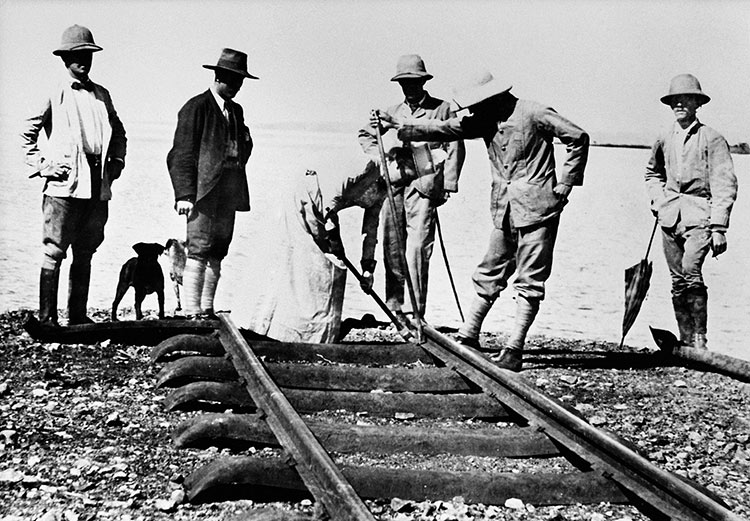History of global migration of Asians during the Colonial Rule
Emigration during Colonial Rule
The flow of Indian migration for last 175 years began with the era of British in1833. The colonies needed manpower to run the sugar and rubber plantations. To meet this demand the British imported temporary labour migration from Indian subcontinent. In 1834, British began exporting Indian labour to Mauritius. The Netherlands and France, which replicated the British system, also relied on Indian labour. By 1878, Indians were working in Guyana, Trinidad, South Africa, Suriname and Fiji. Workers for plantations in Suriname, Trinidad and Tobago, Fiji and Mauritius were mainly recruited from provinces of Bihar and Uttar Pradesh. In Guyana and East Africa, laborers originated mainly from Punjab and Gujarat. Given the proximity of Tamil Nadu to French possessions in India, the bulk of workers in most French colonies, were Tamils. Labourers, mostly from rural areas, would initially sign up for a five-year contract. Many renewed their contracts, and a significant portion chose to stay permanently. The laborers were isolated from rest of the local populations and were housed in barracked with poor condition. This system was labelled as 'new form of slavery' In response to severe criticisms, in 1916 the indenture system was abolished. During roughly the same period, another form of labour was taking place. Tapping the labour surplus of South India, mostly Tamil Nadu, the managers of tea, coffee, and rubber plantations in Sri Lanka, Malaya (part of present-day Malaysia), and Burma authorized Indian headmen, known as Kangani or maistry, to recruit entire families and ship to plantations. In addition to low-skilled workers, the business communities also settled in many countries where indentured had been brought or where business opportunities in British Empire were promising. For example, Gujarati merchants became shop owners in East Africa, and traders from present day Kerala and Tamil Nadu provided rural credits for peasants in Burma, Ceylon and Malaya or involved in retail trade.
Migration to Northern America and UK
Emigration to the UK and Northern America started during colonial rule in India. Between 1820 and 1900, no more than 700 persons moved from India to USA. In the following 30 years, this number rose to a still insignificant 8700; most were Punjabi Sikhs who worked in agriculture in California. In 1917 and 1924, Anti- Asian legislation, banned immigration from South or Southeast Asia including India and ensured that Asians would not qualify for naturalization or land ownership. In 1904, there were about 100 Indians in Canada, also part of British Empire at that time. This number rose to 5000 in the following three years. During the British Raj, largely educated Parsees and Bengalis from the subcontinent migrated to Britain. Between World War I and World War Il, the numbers of Indians in Britain increased but population remained small between 5000 to 8000. Many worked in unskilled and low waged jobs. Indians have also served the British Army in the 1st and 2nd World Wars. In the first decades after the independence, unskilled, skilled and professional workers mostly male Punjabi Sikhs migrated from India to UK. This is commonly attributed to Britain's post-war demand for low skilled labour, postcolonial ties, and the UK's commonwealth immigration policy, which allowed any citizen of a commonwealth country to live, work, vote and hold public office in the UK. Before the British Commonwealth Acts of 1962 and 1968, Indian nationals as Commonwealth citizens, had an unrestricted right to enter UK. Many settled in London, Leicester and Birmingham.
East Africa
Migrants from South Asia, especially from the West coast — Sindh, Surat, Konkan, Malabar and Lanka regularly travelled to East Africa especially to Zanzibar by Arab dhaws, Chinese and Portuguese ships. In 5th August 1896, construction of British East Africa railway began at port of Mombasa and finished at Kisumu in 9101.34000 labourers was imported from British India to construct the railway.
.png)
